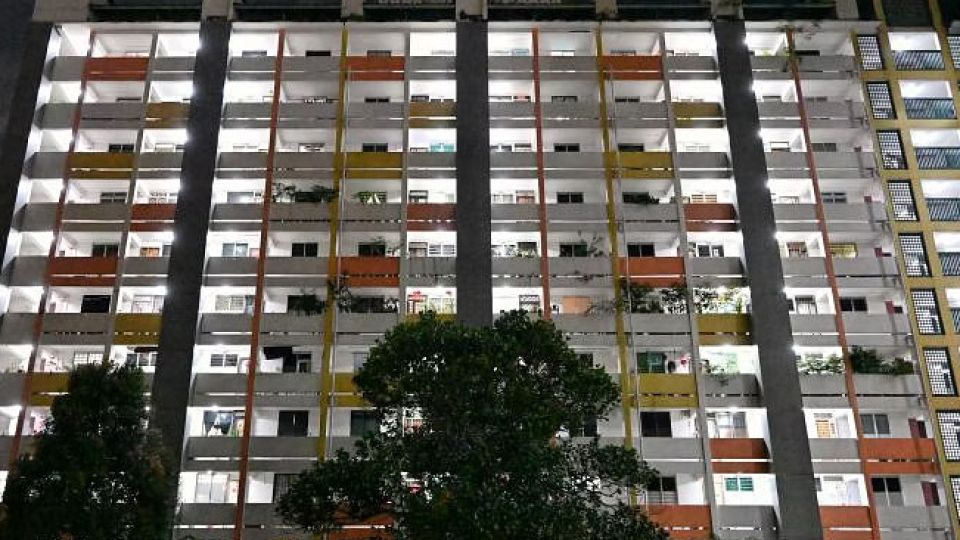June 5, 2024
SINGAPORE – By 2030, the Republic will have two more natural gas power plants that are also hydrogen-compatible, to meet the nation’s growing electricity needs and ensure energy security.
On June 4, the Energy Market Authority (EMA) invited the private sector to build, own and operate two new power plants to be up and running in 2029 and 2030.
Each plant is expected to have a capacity of at least 600MW, which can power about 864,000 four-room flats for a year. This means that by 2030, there will be at least nine such hydrogen-compatible power plants in Singapore.
This call for proposal by EMA comes a few months after it was announced that YTL PowerSeraya will build an $800 million power plant by 2027. The plant, to be built on Jurong Island, will start off with a capacity to use up to 30 per cent hydrogen.
Keppel is also building a similar plant – the Keppel Sakra Cogen Plant – on Jurong Island, which is expected to be completed by the first half of 2026.
The other five plants in the works are by Sembcorp, Meranti Power and PacificLight Power. Meranti and PacificLight’s four plants, expected to be ready in 2025, are “fast start” ones that will augment electricity in the event of sudden shortfalls in supply.
Overall, the nine projects are expected to produce more than 3.7 gigawatts (GW) of power.
“Singapore’s electricity demand has been steadily increasing over the years, driven largely by electricity-intensive sectors such as the advanced manufacturing, digital economy and transport sectors,” EMA said in a statement on June 4.
It forecasts that Singapore’s peak electricity demand is expected to grow by at least 3.7 per cent over the next six years, reaching between 10.1GW and 11.8GW by 2030.
Interested parties can submit their proposals to EMA by 3pm on Oct 31. For more information, go to go.gov.sg/second-rfp-for-new-generation-capacity
From 2024, all new and upgraded natural gas power plants will need to be 10 per cent more carbon-efficient and at least 30 per cent hydrogen-compatible by volume.
Emissions must be kept within 0.355 tonne of carbon dioxide per megawatt-hour of electricity produced, which is 10 per cent more carbon-efficient than existing plants.
They must also be able to be retrofitted to become 100 per cent hydrogen-ready in future, when the green fuel becomes commercialised. Hydrogen does not produce any planet-warming carbon dioxide when burned.
Natural gas – the cleanest form of fossil fuel – currently powers about 95 per cent of Singapore’s electricity needs and is considered a transition fuel as the country works to decarbonise its power sector.
The country is expected to continue relying on natural gas for more than half of its power generation needs by 2035.
Dr David Broadstock, energy transition research lead at the Sustainable and Green Finance Institute at the National University of Singapore, said the short-term cost of a hydrogen-ready power plant will almost certainly be higher than a conventional gas-only turbine.
On whether electricity will cost more when it is produced by these advanced power plants, he said there is a question about balancing current construction costs against future operation costs.
“As the carbon tax continues to rise, the cost of using gas only will also. Being able to blend with hydrogen would help to defray some of those costs potentially,” he added.
In July 2023, EMA introduced a centralised process to improve coordination in the building of new power plants and turbines, to avoid under or over-capacity in electricity supply.
Under this process, EMA will forecast electricity demand on a rolling 10-year basis and, if projections indicate insufficient generation capacity, it will invite the private sector to build and operate new plants.


